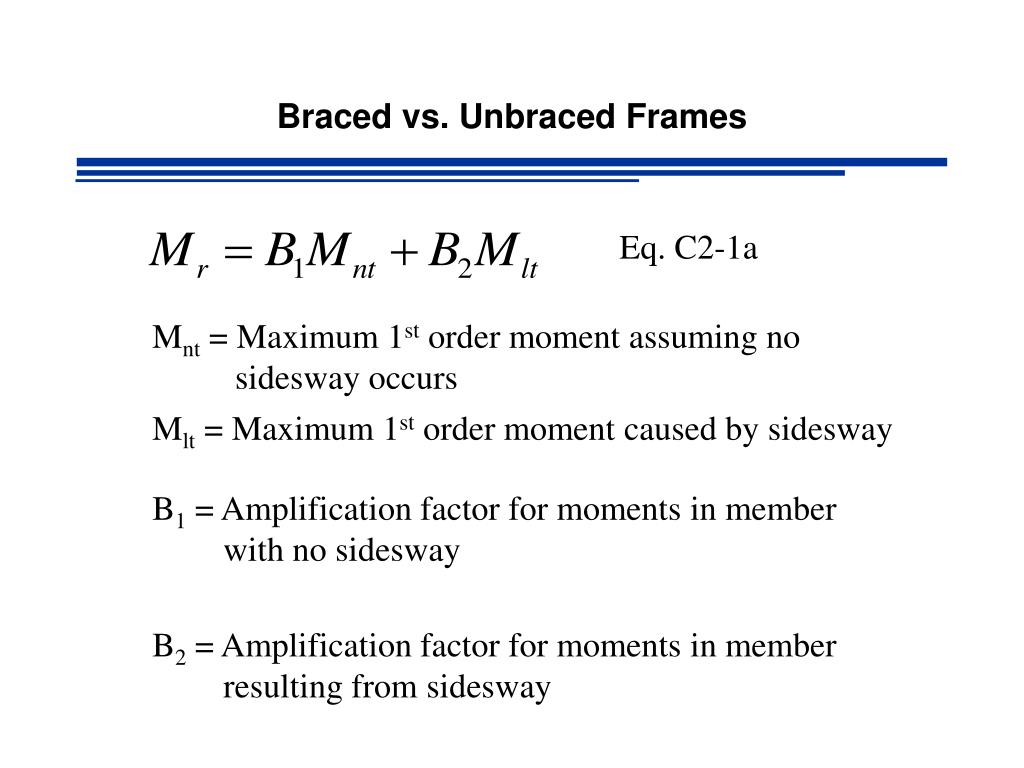

These forms of connections are illustrated later on in Figure 5.5.

BRACED FRAME VS PERFECT BALANCE FULL
Semi-rigid (and also partial strength) connections achieve some continuity through the connections, but are not classified as full strength, as they do not achieve the bending resistance of the connected members. As a consequence, lateral stiffness must be introduced into the frame by other means. Pinned connections are usually simple to fabricate and erect, and are the least expensive type of connection to produce. Examples of pinned connections are cleated, thin or partial depth end-plates, and fin-plate connections as illustrated in Figure 3.6(b). Nominally simple connections may provide some small degree of rigidity, but this is ignored in structural design and these connections are treated as pinned. In diaphragms, there are different types of floor systems that provide a perfect horizontal diaphragm, such as composite floors, whereas others, such as. The members in the braced frame are not allowed to sway laterally. To achieve a nominally 'pinned' joint, the connections are made so as to permit the transfer of axial and shear forces, but not bending moments. The Braced frame is basically a structured system designed to withstand the High wind and the forces of the earthquakes. However, the achievement of full continuity between members at the connection requires an extensive amount of fabrication and, as a consequence, this system is relatively expensive. The main advantage of rigid frames is that an open space between columns can be created, which offers flexibility in choice of cladding, etc. Moment (or rigid) connections are used in frames where there is a desire to omit vertical bracing in one or both directions. In a 'rigid' connection there is complete structural continuity between any two adjacent members.

The characteristics of these connections are presented in more detail in Chapter 5 and may be summarised as follows. Rigid frames are often termed 'sway frames', because they are more flexible under horizontal loads than braced frames. Braced frames are stabilised by vertically oriented bracing, and require only pinned connections. Rigid frames require rigid connections in order to provide for stability at least in one direction. Semi-rigid (also termed partial strength) connections. Pinned (also called simple) connections (Figure 3.6(b)).ģ. Rigid (also called fixed or moment-resisting) connections (Figure 3.6(a)).Ģ. The connections may be one of three configurations defining these degrees of strength (or more correctly 'resistance') and stiffness:ġ. Of the connections between the members, or of members to the foundations. The fundamental structural requirement governing the design of connections in building frames is related to the strength and stiffnessģ.6 Various forms of steel connections: (a) examples of effectively 'rigid' connections and (b) examples of effectively 'pinned' connections


 0 kommentar(er)
0 kommentar(er)
